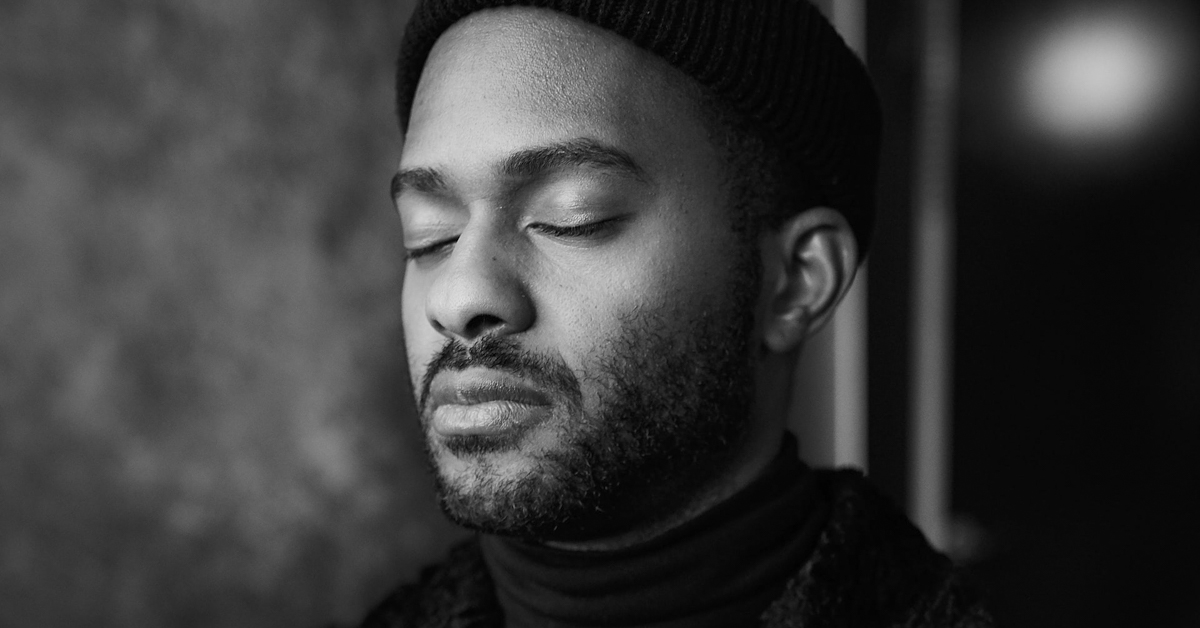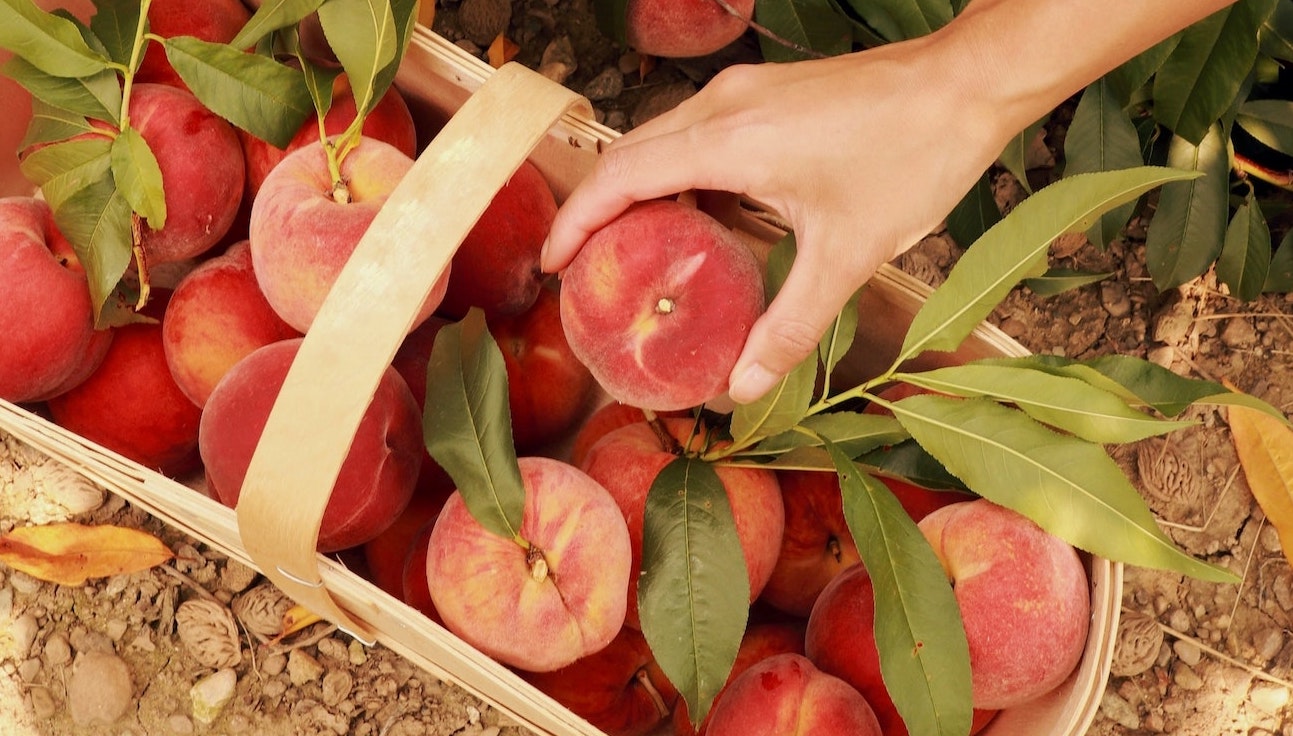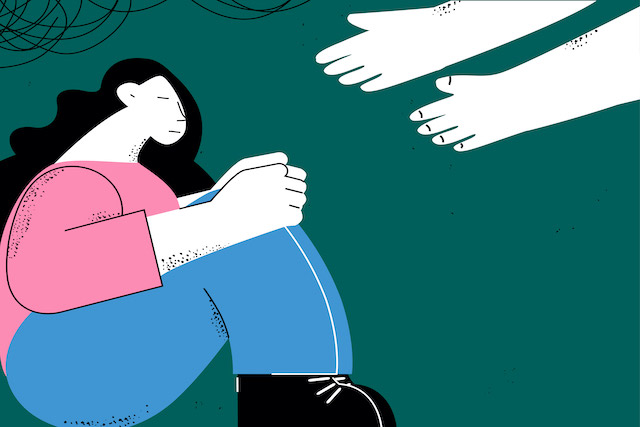A Guided Practice for Cultivating Attention
Learn how to break some of the crazy momentum of your day and return to a state of mindfulness. The post A Guided Practice for Cultivating Attention appeared first on Tricycle: The Buddhist Review.

Mindfulness is a relational quality. It’s not about what’s happening, it’s about how we are with what’s happening. The point isn’t to utterly control our internal and external environment—the point is to have a different relationship to everything.
Mindfulness can go anywhere: It doesn’t take the shape of what it’s watching. So we can be mindful of those beautiful, wonderful, tremendous times, we can be mindful of those difficult, painful times, and we can be mindful of all the neutral times. It’s a quality that can go anywhere. That’s the biggest, most expansive sense of what our meditation is about.
When we sit and consciously cultivate mindfulness, through sitting meditation or movement meditation, like walking, it’s a period of dedicated attention. It’s the key to being able to bring that attention into our day. Very often, the foundational exercise in mindfulness has to do with the body, because it’s the most concrete, it’s the most available to us. We take the attention we have cultivated on the feeling of the breath, and expand it to other sensations in the body.
Some experiences will be very, very pleasant. Some of the experiences, of course, will be painful. It’s just the nature of being in a body, and we get to see what it’s like to be with the painful experience. We see if we can open fully to those experiences without all of those mental add-ons. We come back to the experience in the body, and then we have the opportunity to see more deeply into the nature of what’s happening.
Now, if you are doing your meditation in the form of sitting, it’s important to remember balance. You don’t want to sit in a particularly painful posture. You don’t want to hurt yourself in some way. But if you can sit comfortably, and maybe not shift posture, at the very first moment of some kind of difficult sensation without straining your body, it will open up a world of investigation. (Where is the suffering, actually? Is it in your knee, is it in your mind?)
It’s not a process of grim endurance and somehow making it through. It’s much more a process of the invigoration of exploration and discovery. And it’s quite empowering to realize that we can transform our minds so that our relationship to pleasure and pain and neutrality can all be different.
Guided Practice: Mindfulness and the Body
So let’s sit together. We’re going to experiment now with a body scan in our meditation practice. You can sit comfortably or lie down, however you feel most at ease. And begin by once again bringing your attention to the feeling of the breath. Just the natural sensations of the in and out breath. If you’re with the breath at the nostrils, that may be tingling, vibration, warmth, or coolness. If you’re with the breath at the chest or the abdomen, it may be movement, pressure stretching, release. You don’t have to name these things, but feel them. This is where we rest our attention.
(Pause).
And then bring your attention to the top of your head. You don’t have to use imagery or visualization. But notice if there are actually any sensations that you can perceive: tingling, pressure. Again, you don’t need to name them, but feel them. What we normally take to be solid is really a living, moving sea of sensation.
Simply noticing, slowly bring your awareness down through your face. Some sensations are pleasant, some are unpleasant, some are neutral. We’re cultivating the same kind of balanced awareness with whatever we’re picking up.
Notice your ears. Notice the back of your head. No judgment. No condemnation. Simply being in the moment with whatever you’re perceiving. Notice your neck and throat, your shoulders.
You may feel some stress and strain, the accumulation of tension. It’s okay. Of course it would be tempting to spin out into ways to “fix” this tension.
But our goal here is simply to be aware and have awareness itself be the vehicle of transformation. Let’s just be with our experience as it is right now, relinquishing as many add-ons as may appear.
Bring your attention down through one arm all the way through to your fingertips, and, when you’re ready, the other arm.
See if, in this process, you can make the shift from the more conceptual level of thinking, for example, of “my finger,” to the world of direct sensation. Pulsing, throbbing, pressure, vibrating, heat, cold, again, without needing to name these things. This is what we’re feeling.
And then bring awareness down through the back. One teacher once commented to me that in the West we tend to be so forward-oriented, we don’t even know we have a back. So what’s it like when you fill your body with this kind of awareness, this kind of attention? Just sweep your attention through your back, and then chest, stomach, groin.
Bringing your attention down through one thigh to the knee and then the other, down one leg, all the way to the toes, and, when you’re ready, the other leg.
You can sit or lie there, feeling the aliveness of the body. Feeling its ever-changing nature.
And when you feel ready, you can open your eyes.
(End of practice)
This is one of the most accessible forms of attention. So much of our day is built around simple sensations. We can cultivate attention to these simple sensations throughout the day.
For example, if you’re in a meeting, every now and then, see if you can feel your feet touching the ground. It may sound simplistic, but it’s actually very powerful. If you’re washing your hands, instead of, at that very moment, trying to think through a presentation you’re going to give, see if you can simply feel the sensation of water on your hands.
If you’re reaching for a cup of tea, or a cup of coffee, pause for a moment and simply feel that contact as you actually experience touching that cup.
These are just some of the simple ways we can break some of the crazy momentum of our day, and bring ourselves back to a state of mindfulness.
♦
Excerpted from Sharon Salzberg’s 2013 Dharma Talk, “Real Happiness: A 28-Day Meditation Program.” Watch the full Dharma Talk here.

 JaneWalter
JaneWalter 
































